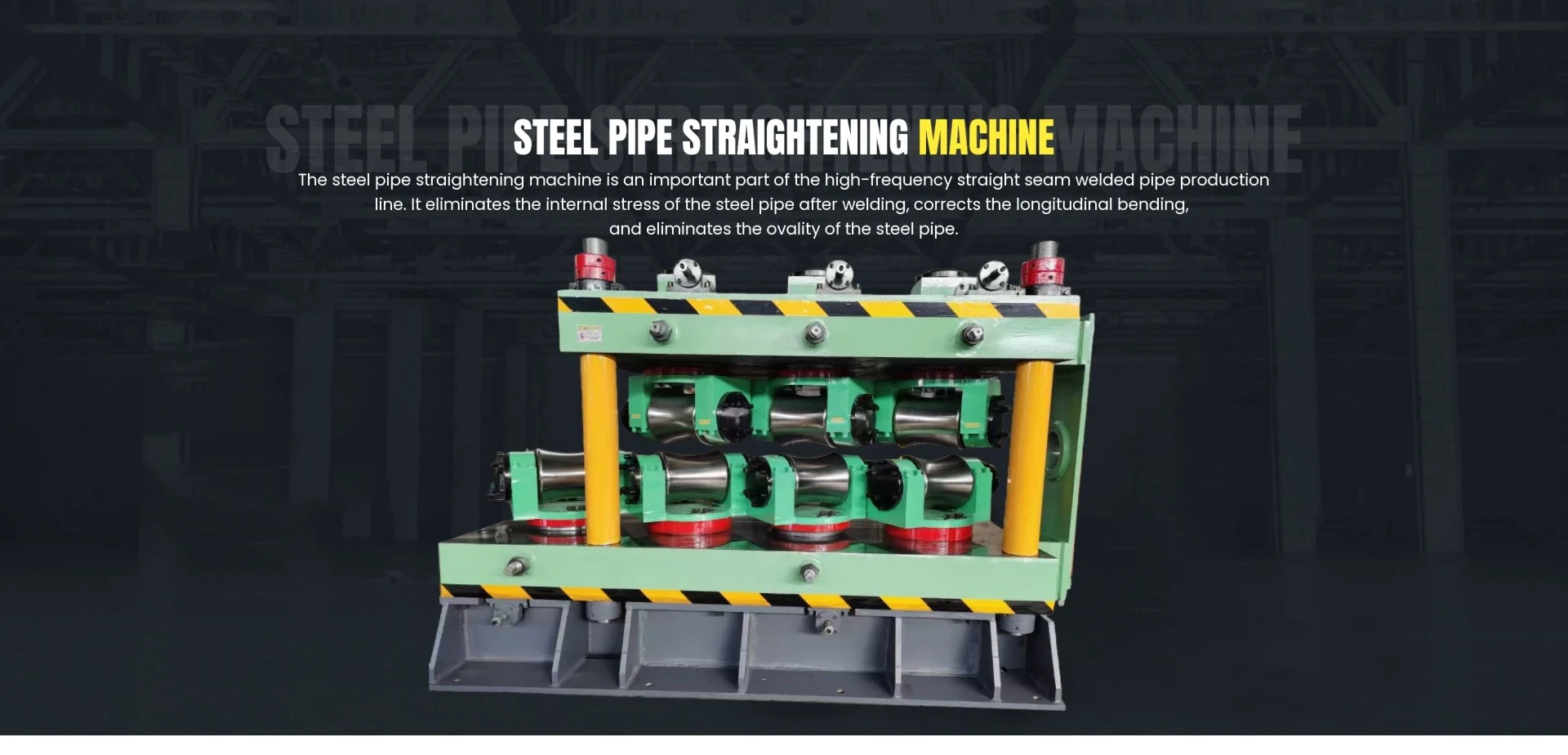manual decoiler machine
Understanding the Manual Decoiler Machine A Comprehensive Overview
In the world of metalworking and manufacturing, efficiency and precision are paramount. One of the key machines that play a critical role in metal processing is the decoiler. Specifically, a manual decoiler machine is designed to facilitate the unwinding of coiled metal sheets and strips, thus making it easier for workers to handle materials with precision. This article provides an in-depth look at manual decoiler machines, their importance, and how they operate.
What is a Manual Decoiler Machine?
A manual decoiler machine is a mechanical device that serves to unwind coiled materials, such as steel or aluminum sheets, prior to further processing. Unlike automatic decoilers that are powered by motors, manual decoilers rely on human intervention to pull and guide the material as it unwinds. While they may require more physical effort compared to their automated counterparts, manual decoilers are often favored in small workshops or operations that deal with low volumes of material, offering a cost-effective solution without compromising quality.
Importance of Manual Decoiler Machines
1. Simplifying Material Handling Manual decoiler machines simplify the process of handling heavy metal coils. They provide a stable base for the coil and allow operators to unwind the material easily, thus preventing unnecessary strain and reducing the risk of injury.
2. Versatility These machines can accommodate various thicknesses and widths of metal, making them versatile tools for different projects. This adaptability is especially useful in businesses that handle diverse products.
3. Cost Efficiency Manual decoilers are typically less expensive than automated systems, making them an excellent option for smaller operations or those just starting. They require minimal maintenance, further reducing operational costs.
4. Space Saving In many workshops, space is at a premium. Manual decoilers are generally smaller in size than automated models, allowing businesses to optimize their workspace effectively.
manual decoiler machine

5. Ease of Use With straightforward operation mechanisms, manual decoiler machines can be used by operators with minimal training. This ease of use helps improve productivity, especially in smaller teams.
How Manual Decoiler Machines Work
The operation of a manual decoiler machine is relatively simple. Typically, the machine consists of
- A Base Frame This structure supports the entire machine and provides stability during operation. - A Hold Down Arm This feature is used to secure the coil in place, preventing it from moving unexpectedly. - A Reel The coil is mounted on this reel, allowing it to turn and unwind as needed. - A Braking System Manual decoilers often come with brakes that allow operators to control the unwinding speed, ensuring smooth and safe operation.
To use a manual decoiler, an operator first mounts the coil onto the machine's reel. After securing the coil with the hold down arm, the operator physically pulls the metal sheet from the coil while carefully guiding it through the desired path. The brake system can be adjusted to control how quickly or slowly the material unwinds, which is crucial when feeding the metal into other machinery, like shears or rollers.
Maintenance and Safety Considerations
Regular maintenance is essential to keep manual decoiler machines in good working condition. Operators should regularly check for signs of wear, lubricate moving parts, and ensure that all safety features are functioning properly. Additionally, proper training on operational safety is essential to prevent accidents, as handling heavy coils can be risky.
Conclusion
The manual decoiler machine plays an indispensable role in metalworking operations. By facilitating easy handling of heavy coils, they allow businesses to maintain efficiency and safety in their production processes. With their cost-effectiveness, versatility, and ease of use, manual decoilers remain a vital tool in the industry, serving both small workshops and larger manufacturing entities alike. Understanding the function and proper handling of these machines not only enhances productivity but also promotes a safer working environment.
-
High Frequency Straight Seam Welded Pipe Production Line-BzZhou Xinghua Machinery Equipment Manufacturing Co., LTD.|Precision Welding, High EfficiencyNewsJul.30,2025
-
High Frequency Straight Seam Welded Pipe Production Line|BzZhou Xinghua|Precision Welding&EfficiencyNewsJul.30,2025
-
High Frequency Straight Seam Welded Pipe Production Line - BzZhou Xinghua|Precision Engineering&EfficiencyNewsJul.30,2025
-
High-Frequency Straight Seam Welded Pipe Production Line-BzZhou Xinghua Machinery Equipment Manufacturing Co., LTD.NewsJul.30,2025
-
High-Frequency Straight Seam Welded Pipe Production Line-BzZhou Xinghua Machinery Equipment Manufacturing Co., LTD.|Precision Manufacturing, High EfficiencyNewsJul.30,2025
-
High Frequency Straight Seam Welded Pipe Production Line-BzZhou Xinghua Machinery Equipment Manufacturing Co., LTD.|Precision Steel Pipe Manufacturing&Industrial EfficiencyNewsJul.29,2025


